Kimmswick is a small historic village along the Mississippi River that becomes quietly festive as winter settles in.
Its restored 19th-century storefronts, narrow lanes, and community-run holiday customs give the season a character that feels rooted in local history rather than commercial events.
While the town stays modest in size, its winter traditions have steadily drawn travelers looking for something authentic.
A Village Preserved in Time
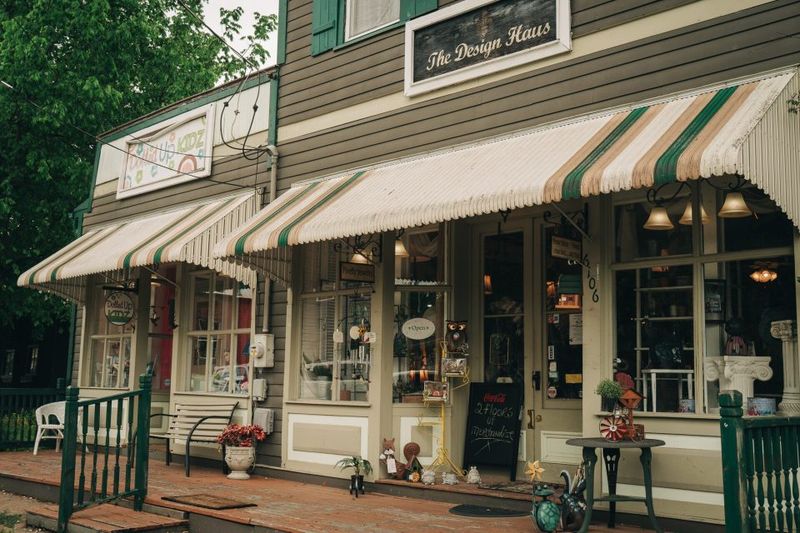
Kimmswick’s brick shops and wooden porches date back to the 1800s. Winter seems to slow everything down, and the architecture becomes part of the seasonal backdrop as lights reflect off old storefront windows.
Walking through Kimmswick feels like stepping back in time. The snow-capped roofs and frosty windowpanes turn the village into a picturesque postcard scene. Each corner offers a new glimpse of the past, wrapped in the quiet of winter.
The atmosphere of Kimmswick in winter is uniquely serene. As you wander, the charm of the village’s historic buildings becomes even more pronounced. The town’s commitment to preserving its architectural heritage makes it a special place to visit during the colder months.
The Annual Cookie Walk Anchors the Season
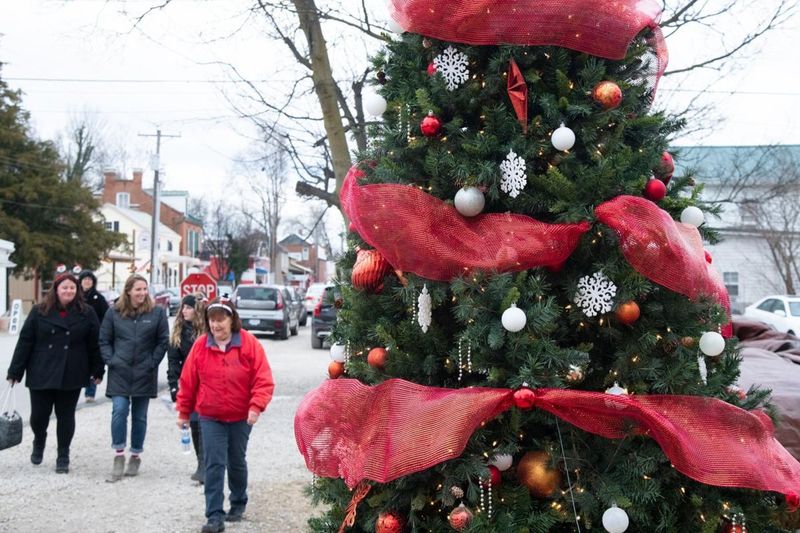
One of the town’s most beloved traditions is the Kimmswick Christmas Cookie Walk, where visitors collect holiday cookies from participating shops. The event supports local preservation efforts and brings a steady rhythm of winter foot traffic to the village.
Participants receive a commemorative tin to fill with a variety of cookies from local businesses. The Cookie Walk not only satisfies sweet cravings but also fosters a sense of community as people gather and chat along the decorated streets.
This cherished event is a must-visit for anyone who enjoys holiday treats and community spirit. By participating, visitors contribute to the preservation of Kimmswick’s charming history, ensuring its legacy endures for future generations.
Handmade Décor Along Main Street

Local shop owners decorate with simple wreaths, evergreen garlands, and traditional accents. The understated approach fits the historic setting and avoids modern displays that would feel out of place.
The handmade decorations echo the village’s commitment to authenticity and simplicity. Each shop window becomes a canvas for creativity, showcasing the artisanship that defines Kimmswick’s character.
Visitors can appreciate the craftsmanship of these decorations as they stroll through town. The harmonious blend of history and festivity creates a warm, inviting atmosphere that captures the spirit of a traditional winter in Missouri.
A Historic Inn Wrapped in Seasonal Details
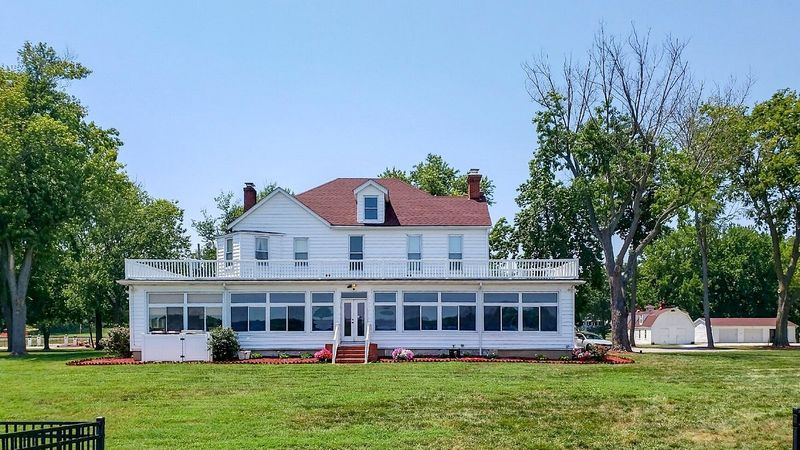
The Anheuser Estate, a restored family mansion overlooking the river, adds trimmed greenery, window candles, and soft lighting during the cold months. The house’s architecture creates a quiet winter atmosphere that blends with the rest of the village.
As guests approach the estate, the gentle glow of candlelit windows offers a welcoming sight. The elegance of the mansion, paired with its seasonal touches, invites visitors to step inside and experience a piece of Kimmswick’s history.
This historic inn provides a cozy retreat for those looking to immerse themselves in the village’s timeless charm. The winter decorations enhance the experience, making a stay here particularly memorable during the festive season.
Lantern-Lit Streets After Dusk
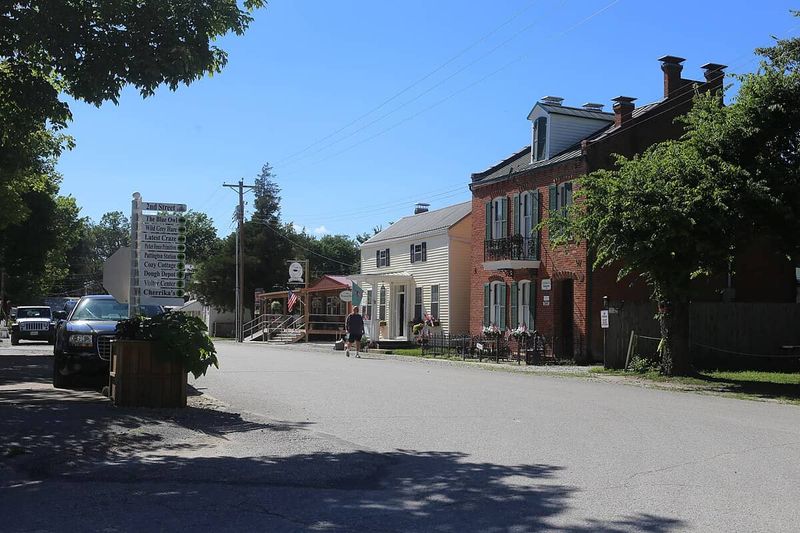
As daylight fades, warm lantern-style lighting guides visitors past boutiques and small cafés. The glow enhances the town’s historic scale and reveals its textures in a different way than the daylight crowd sees.
The lantern-lit streets create a magical atmosphere, transforming Kimmswick into a twinkling haven. This gentle illumination not only highlights the village’s architectural details but also adds a touch of romance to evening strolls.
Exploring Kimmswick at dusk offers a peaceful experience, allowing visitors to see the village in a new light. The combination of history and soft lighting creates a captivating setting that is truly enchanting.
Local Makers Fill the Winter Market Scene
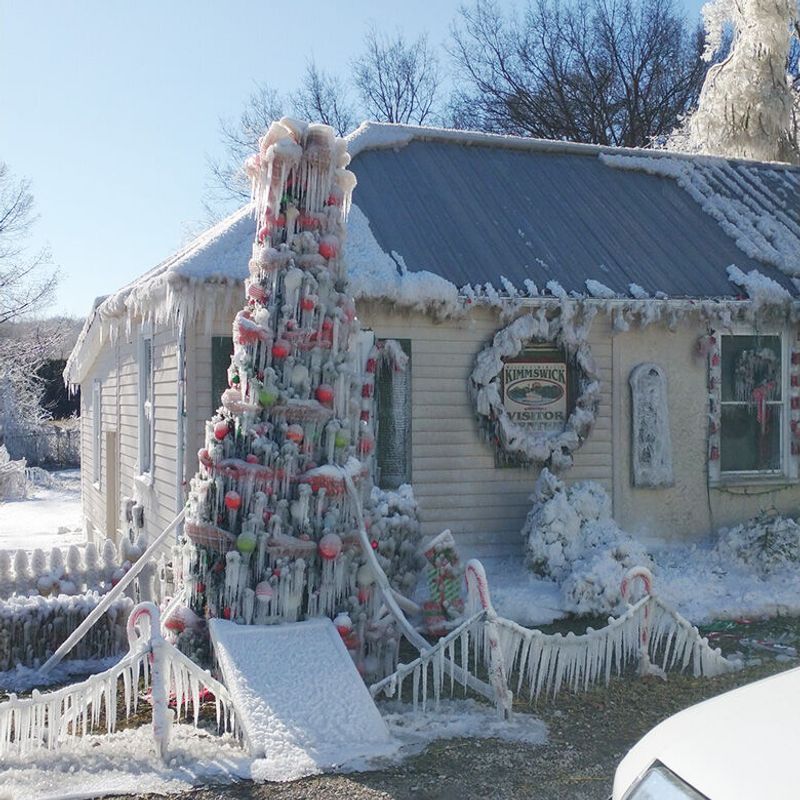
Shops throughout the village stock small-batch goods made by Missouri artisans. Textiles, candles, woodwork, and seasonal sweets reinforce the community’s handmade, small-town identity.
Visitors can explore a variety of unique, handcrafted items that make perfect gifts or personal treasures. The market is a testament to the creativity and skill of local artisans, offering something for everyone.
This focus on locally made products helps support the community and keeps the tradition of craftsmanship alive. By visiting the market, shoppers contribute to the vibrant economy of Kimmswick and take home a piece of its spirit.
Winter River Views Just Beyond Town

A short walk leads to views of the Mississippi River, which takes on a stark, quiet beauty in winter. The open water and frost along the banks give the season a calm, expansive feel.
These river views provide a serene escape from the hustle and bustle of daily life. The tranquil scene is perfect for reflection or simply enjoying the natural beauty that surrounds Kimmswick.
Whether you’re an avid photographer or simply a nature enthusiast, the winter vistas of the Mississippi River offer a unique perspective. This peaceful setting complements the historic charm of the village, making it a must-see during your visit.
A Pace That Suits the Setting
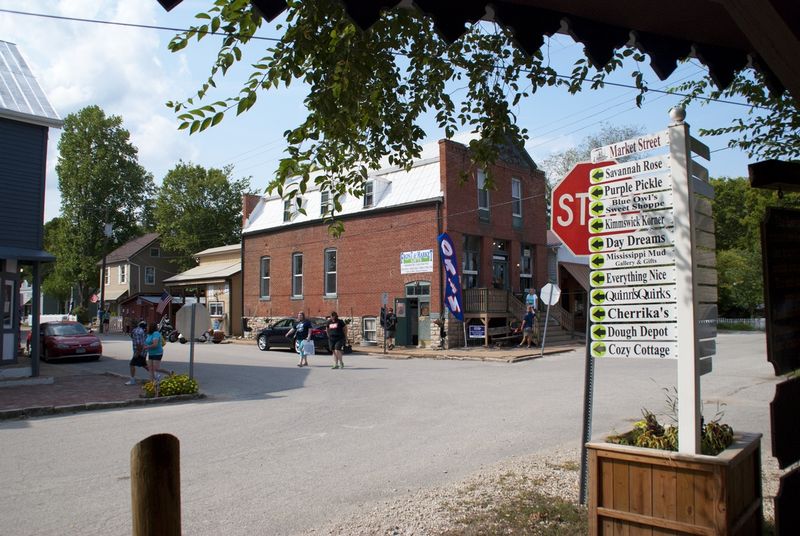
Kimmswick slows down in cold weather, and that quiet becomes part of its appeal. Visitors move from shop to shop at an easy pace, taking in details that often go unnoticed in warmer months.
The relaxed atmosphere allows for a more intimate experience, encouraging meaningful interactions with shop owners and locals. This slower pace highlights the village’s hospitality and friendliness.
Winter in Kimmswick is a time to appreciate the simple joys of life. By embracing the slower tempo, visitors can fully absorb the unique charm and tranquility that the village offers during this season.
Why the Village Is Worth the Trip
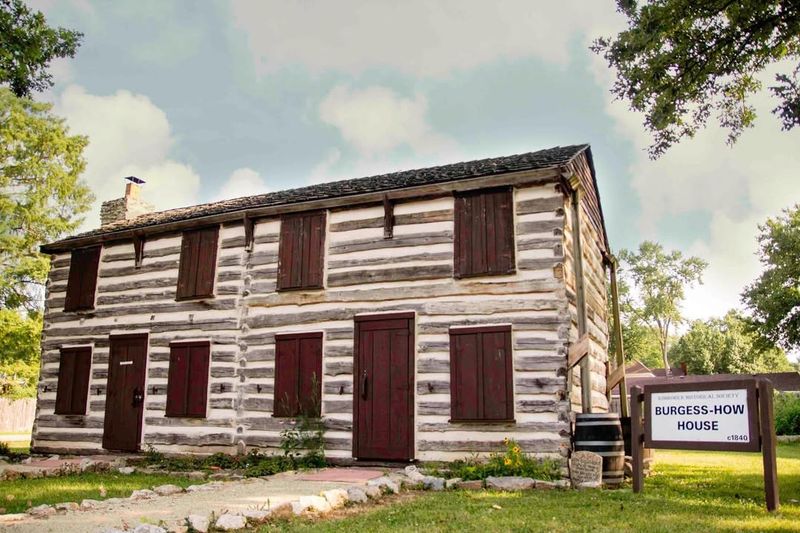
Kimmswick’s winter season relies on simple customs, preserved architecture, and community-led traditions. These elements combine to create a calm, historic, and inviting atmosphere that stands apart from larger holiday destinations.
The village offers an authentic experience that captures the essence of a small-town winter. Its unassuming charm and dedication to tradition make it a delightful escape from the usual holiday rush.
Visitors leave Kimmswick with a sense of having discovered a hidden gem. The village’s unique blend of history and community spirit ensures that each winter visit is as memorable as it is heartwarming.
Dear Reader: This page may contain affiliate links which may earn a commission if you click through and make a purchase. Our independent journalism is not influenced by any advertiser or commercial initiative unless it is clearly marked as sponsored content. As travel products change, please be sure to reconfirm all details and stay up to date with current events to ensure a safe and successful trip.